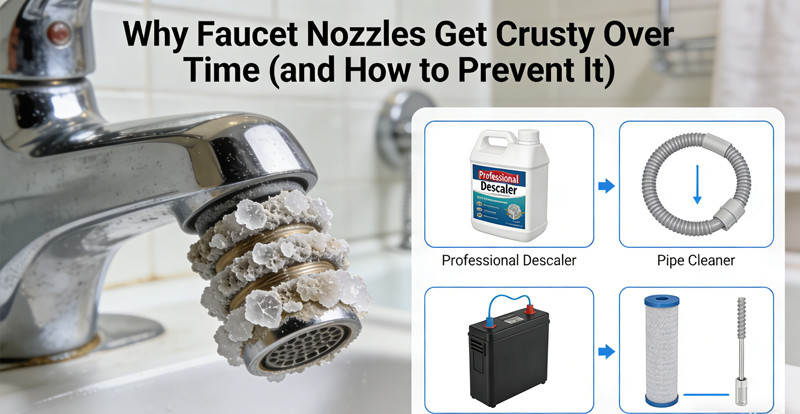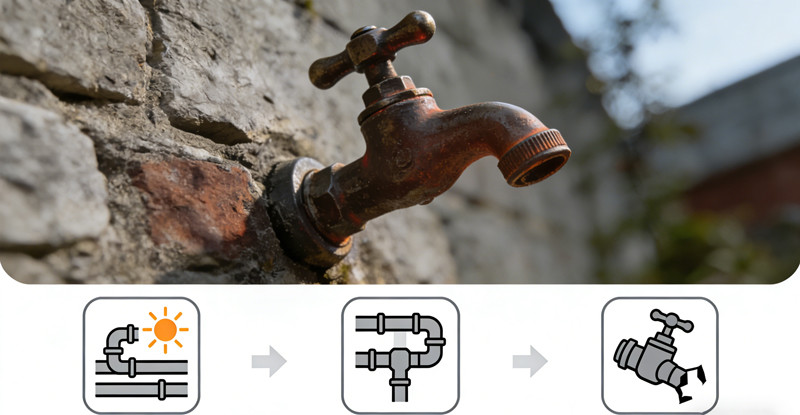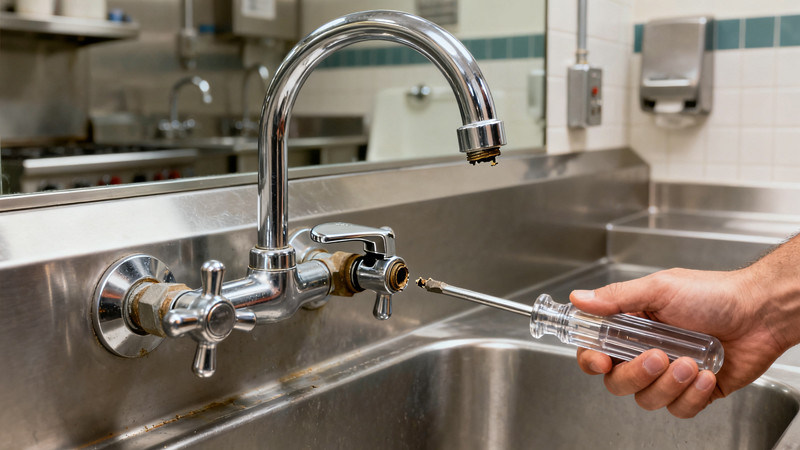This is the best way to caulk round lavatory and kitchen fixtures
 (Shutterstock Photograph)
(Shutterstock Photograph)So the caulking round your kitchen and loo sinks, tubs, home windows and different fixtures are trying just a little worse for put on. Perhaps it’s stained, cracked, peeling or moldy. Freshening the caulk in these areas is a comparatively easy activity … when you’ve survived the caulk aisle at your favourite ironmongery store.
So many manufacturers, so many selections: sanded or un-sanded; paintable or unpaintable; white, almond, black, bronze or clear; one-year, five-year, 10-year or 30-year ensures; 79 cents a tube or $8.99 a tube. It’s sufficient to make you caulking loopy!
The most effective caulks for tubs, sinks or bathe stalls are available in tubes labeled “Tub and Tile” or “Kitchen and Bathtub.” These will likely be acrylic latex or silicone that resist mildew and to stay to clean, non-porous surfaces.
The form of caulk you select is determined by the undertaking.
Latex — For home windows, doorways and baseboards. Seal minor cracks round tubs and showers, and fill cracks or nail holes in drywall. Latex can be utilized to fill round lavatory tiles as effectively. It’s the simplest of caulks to make use of as a result of it’s water-based. You possibly can really trim or clean it along with your finger. It may be cleaned up with water (not paint thinner) however can be water resistant when dry. It may then be sanded or painted.
Don’t use latex caulk to fill cracks in tiles or to fill in lacking grout. This results in a much bigger drawback down the highway.
Silicone — Greatest for giant cracks or joints round lavatory and kitchen fixtures. Silicone will maintain its seal when the joint, crack or hole stretches or compresses. Silicone is extra sturdy and long-lasting and holds up effectively in temperature extremes. Pure silicone caulk will stick with painted surfaces, although you may’t paint over it. Nevertheless, there’s a paintable silicone caulk in case you want it. Once more, a visit to that darned caulking aisle.
Let’s get began
What you will have:
- Caulking gun
- Caulk
- Utility knife or 5-in-1 painter’s software and razor scraper
- DIY mildew cleaner (see beneath)
- Spray bottle
- Liquid chlorine bleach
- Ammonia-free powdered laundry detergent
- Hair dryer
- Painter’s tape
- Nail and masking tape
1. Purchase a caulking gun and a tube of caulk. Most caulks are pretty cheap — roughly $2 for a tube of latex and $3 for silicone.
2. Take away the outdated caulking for higher software and look, in addition to to kill any mildew behind it. Utilizing a 5-in-1 painter’s software and a razor scraper or a utility knife, slice away the outdated acrylic latex caulk with fast, sharp strokes. Watch out, as metallic blades can scratch plastic fixtures. Use a plastic razor blade as a substitute. Caulk removers could hurt plastic. Learn the directions if utilizing a remover product. Wipe a moist cotton rag over the joint to take away the caulk mud.
3. Clear the joint. First, add 1 quart of liquid chlorine bleach to three quarts of heat water. Then add 1/3 cup of powdered laundry detergent. Combine completely and place in a twig bottle. Spray the combination onto the mildewed space. Let it sit till the black mildew turns white. Rinse with contemporary water. Bear in mind to put on gloves and eye safety, ventilate the realm and use ammonia-free detergent. Mixing bleach with an answer containing ammonia can launch a harmful gasoline that’s dangerous to your lungs.
4. After killing the mould, completely dry the realm utilizing a hair dryer.
5. Apply painter’s tape to every facet of the joint. The caulking will go between the 2 items of tape, making straight, clean traces.
6. Trim the nozzle at a 45-degree angle close to the tip, ensuring it’s simply sufficiently big to fill the joint. After trimming the tip, puncture the seal on the within of the tube. Most caulk weapons have a seep puncture probe hooked up to the underside. An ice decide or coat hanger works, too.
7. Level the nozzle to the joint. It’s as much as you which of them finish you begin with and whether or not you pull or push the caulk, so long as the route makes for a gentle stream whereas pulling the set off. Be constant. Shifting too quick could trigger beading and the caulk will likely be too skinny, with bubbles or breaks within the seal. Transfer too gradual, and also you’ll waste it whereas making a large number.
8. Easy the caulk along with your finger in a moist rag. Instantly take away the tape by pulling it out and away from the freshly caulked joint. Don’t contact the caulk or get it moist for at the least 24 hours.
9. Retailer the remaining caulk by placing a nail or piece of wire into the tube’s nozzle to maintain it from plugging up. Wrap the nozzle in a number of layers of masking tape. Use the tube inside six months. In any other case, will probably be as exhausting as a rock.
Now off to the caulking aisle you go! Ensure somebody is aware of the place you’re entering into case you don’t make it again inside just a few days.
 WOWOW Faucets
WOWOW Faucets




